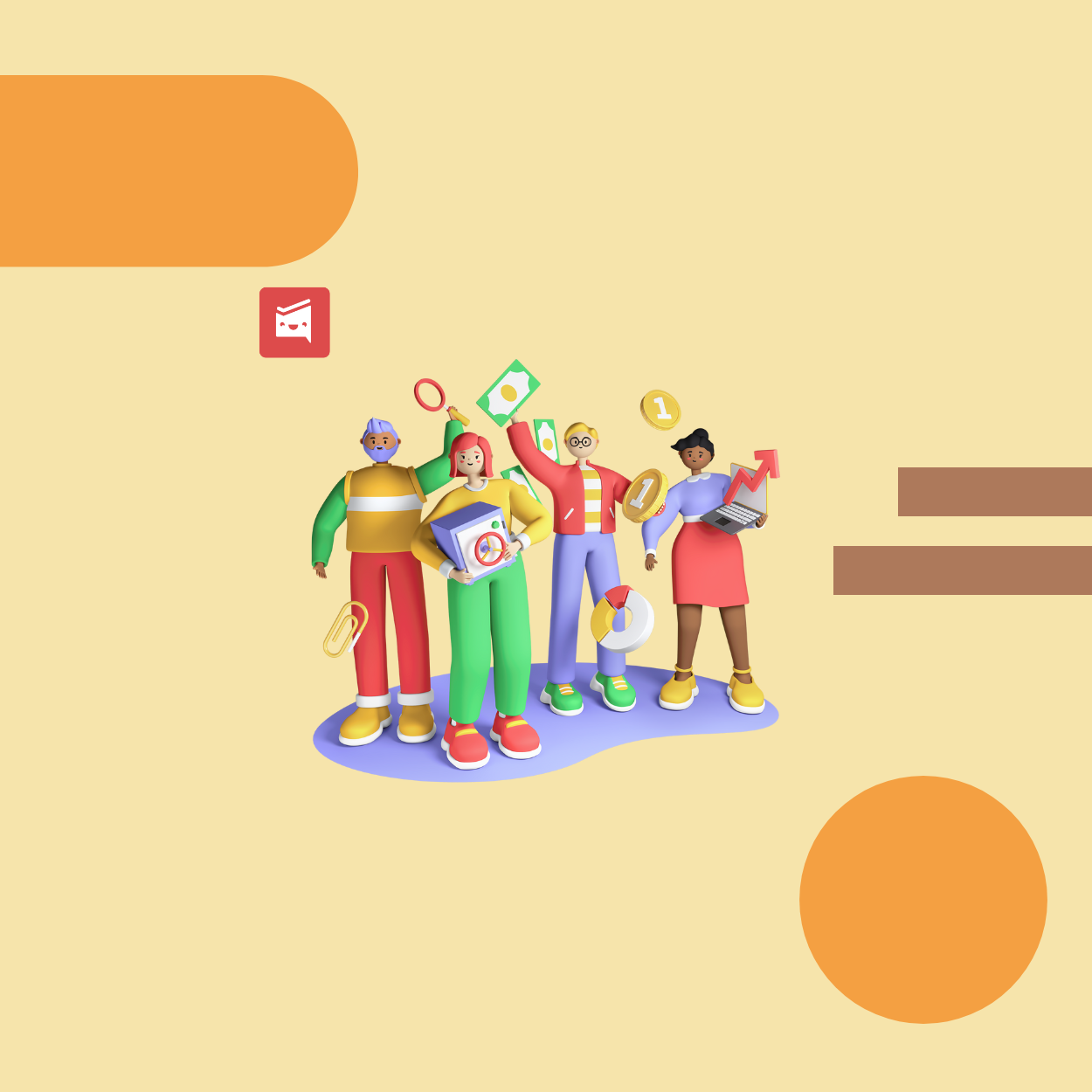How To Efficiently Teach Employees New Job Skills
BySarah Harris
Sarah Harris takes care of the customer support requests at Workast. She is also an avid writer.

Sarah Harris takes care of the customer support requests at Workast. She is also an avid writer.
In the rapidly evolving landscape of today's business world, continual learning is no longer a luxury but a necessity. Developing new skills is instrumental for employees to stay relevant, efficient, and valuable. Consequently, organizations that foster a culture of ongoing learning and skill development are more likely to retain talent, boost productivity, and achieve competitive advantage.
This article aims to provide insightful guidelines on how to efficiently teach employees new job skills, encouraging a thriving learning environment that promotes personal growth and organizational success.
It serves as a guiding beacon, enabling organizations to focus their resources and efforts on areas that offer the maximum return on investment. When the skills deemed vital for a particular job role are clearly defined, it facilitates a targeted approach to training. Employees know what they need to learn, and trainers know what they need to teach. It eliminates the wastage of time and energy on non-essential skills, increasing the overall efficacy of the learning process.
Moreover, it aids in setting a clear roadmap for employees, ensuring their skill development aligns with their career progression and the strategic goals of the organization. Hence, identifying essential skills is a critical step toward efficiently teaching employees new job skills.
Recognize that everyone learns differently. Create personalized learning plans that cater to individual learning styles and paces for optimal results. From finding online course creation tips to developing a personalized learning plan template, there are several resources available to support this endeavor. Furthermore, providing employees with varied options such as one-on-one coaching, group tutorials, audio recordings, and eLearning modules can help them learn more effectively.
A well-crafted personalized learning plan serves as the foundation for successful skill acquisition. In addition to optimizing the learning process, this approach helps ensure employees feel valued and motivated.
Evaluate your employees' current skills and knowledge base. This will provide a starting point for learning and highlight areas for growth. By leveraging the right assessment tools, you can gain insights into each individual's learning objectives and preferences. This ensures that employees are given the guidance they need to develop relevant skills quickly and efficiently. Moreover, ongoing monitoring of progress allows trainers to make on-the-fly adjustments to plans, ensuring employees remain on track with their skill development goals.
A lot of companies are leveraging technology and mobile apps to track employee progress in real-time, enabling trainers to adapt their approach quickly.
It facilitates active learning, where employees are not just passive recipients of information but active participants in the learning process. This type of training can take various forms such as workshops, role-playing activities, simulations, and group discussions. It fosters an environment of engagement and collaboration, empowering employees to learn from each other, share insights, and build a strong team spirit. Interactive training also allows employees to apply their newly acquired skills in real time, reinforcing their learning and increasing their confidence.
Additionally, it provides trainers with immediate feedback on the effectiveness of their teaching methods, allowing them to make necessary adjustments to enhance the learning experience. Therefore, incorporating interactive training methods into your employee skill development strategy can significantly increase the efficiency and effectiveness of the learning process.
E-learning platforms, virtual classrooms, and mobile apps are instrumental in making learning accessible, flexible, and engaging. These platforms cater to a diverse range of learning styles, allowing employees to learn at their own pace and in their own time. Moreover, they offer a plethora of resources such as video tutorials, online courses, and interactive modules, providing employees with a comprehensive learning experience. Electronic Performance Support Systems (EPSS) can also be utilized to provide on-the-job support, aiding employees in applying their newly acquired skills effectively.
These systems can offer step-by-step guidance, problem-solving tools, and immediate feedback, significantly enhancing skill application. Digital assessment tools, on the other hand, allow organizations to track and measure employee progress, generating data that can be used to fine-tune training programs. They offer insights into knowledge retention, skill application, and areas of difficulty, enabling trainers to provide targeted support and improve training efficiency.
This can lead to a more collaborative environment and often provides new insights. Furthermore, it serves as a reinforcement tool and allows employees to learn from their peers. This approach can be highly successful in helping employees acquire new skills in a more efficient manner. It also serves as an effective method for problem-solving and increases employee engagement with the material. Additionally, peer learning eliminates the need for external trainers or instructors, reducing costs and increasing training efficiency. In general, peer-to-peer learning can be a great tool to leverage when teaching employees new job skills. More importantly, it can help create a culture of learning and collaboration in the workplace.
Regular feedback can help employees understand their progress and areas they can improve on. This can be done through one-on-one discussions, surveys, or any other feedback mechanism. Constructive feedback and praise can help employees understand their strengths and weaknesses, allowing them to adjust their approach in a timely manner. Providing adequate feedback also serves as an important motivational tool for employees and helps them stay focused on their learning goals.
Moreover, it allows trainers to identify any gaps in the learning process, allowing them to make timely changes and ensure optimal skill development. By providing regular feedback, organizations can ensure their employees acquire the skills necessary to advance their career goals.
This can help to cement learning and make it more relevant. Providing employees with opportunities to apply their newly acquired skills in the workplace is essential for successful learning. This could include allowing employees to work on projects or tasks that require the use of their new skills, providing them with additional resources such as webinars, or offering shadowing opportunities. Such practices allow employees to gain hands-on experience and increase their confidence in applying their knowledge. Additionally, allowing employees to discuss their experiences and share insights with their colleagues can further reinforce learning goals.
In the end, teaching employees new job skills is a challenging yet rewarding process. By leveraging the right assessment tools, interactive training methods, and technology-based solutions, organizations can ensure their employees are acquiring the skills necessary to succeed in their roles. Moreover, peer-to-peer learning and regular feedback can significantly enhance the efficiency of training programs. Reinforcing learning through on-the-job practice can help employees apply their knowledge in real-time, further enhancing skill development. By taking all of these steps into account, organizations can ensure they are teaching their employees the skills necessary to succeed and grow.
